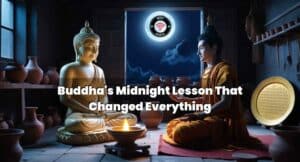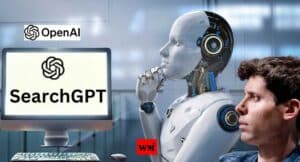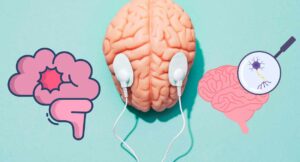Sora AI: OpenAI’s Breakthrough in Instant, Realistic Video Generation
OpenAI, the pioneering artificial intelligence (AI) research company, has unveiled a cutting-edge system named Sora, which possesses the remarkable ability to generate captivating, high-quality videos in mere minutes, simply by processing a few lines of text input.
This latest innovation from OpenAI, coming shortly after Runway AI introduced its technology for creating short, albeit blurry and distorted, videos from text prompts, signals a significant leap forward in the realm of AI-driven video generation. Sora, whose name is derived from the Japanese word for “sky,” symbolizing boundless creative potential, has achieved a level of realism and detail that was previously unimaginable for AI-generated content.
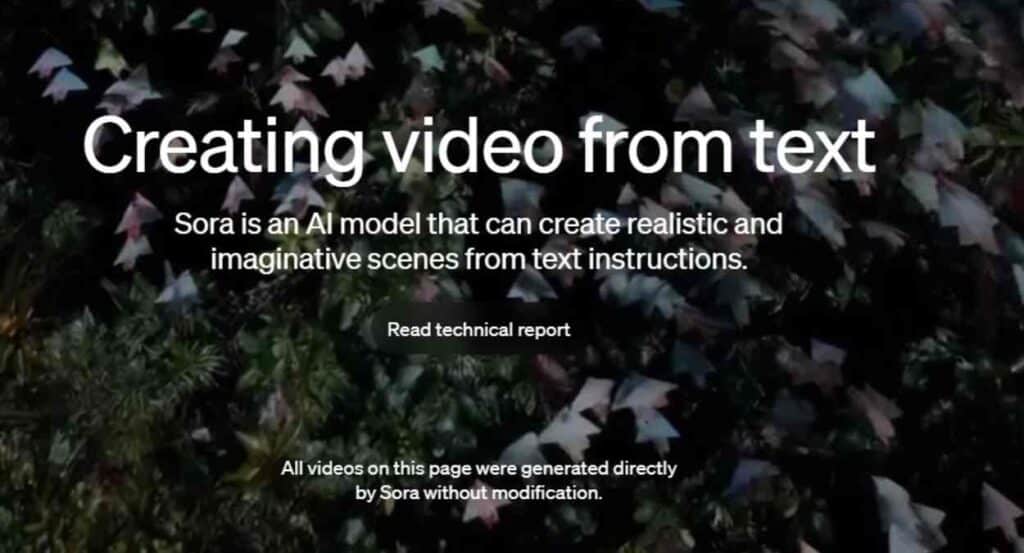
Demonstrations that Leave Audiences Awestruck
Sora’s demonstrations have left audiences awestruck, showcasing stunning videos of:
- Woolly mammoths traversing a snow-covered meadow
- A monster gazing at a flickering candle
- A Tokyo street scene that appears to have been captured by a swooping camera
All of these videos were created in a matter of minutes. These examples are a testament to the system’s ability to produce visuals that could easily be mistaken for scenes from a Hollywood blockbuster.
A Competitive Race for Innovation
While OpenAI may be at the forefront of this technological revolution, they are not alone in the race to develop and refine AI-based video generation capabilities. Major tech giants like Google and Meta, as well as innovative startups like Runway, are also actively engaged in pushing the boundaries of this transformative technology.
Potential Applications and Concerns
The potential applications of such advanced video generation systems are vast, ranging from accelerating the work of experienced filmmakers to potentially displacing less experienced digital artists altogether. However, as with any emerging technology, there are legitimate concerns about potential misuse and the dissemination of disinformation.
Fears of Influencing Elections
Oren Etzioni, a professor at the University of Washington specializing in artificial intelligence and the founder of True Media, a non-profit organization dedicated to identifying disinformation in online political campaigns, has expressed his fears about the potential implications of this technology. “I am terrified that this kind of thing will sway a narrowly contested election,” he cautioned.
The ability to generate highly realistic videos with just a few lines of text could make it increasingly challenging to distinguish fact from fiction on the internet, potentially influencing the outcome of closely contested elections profoundly.
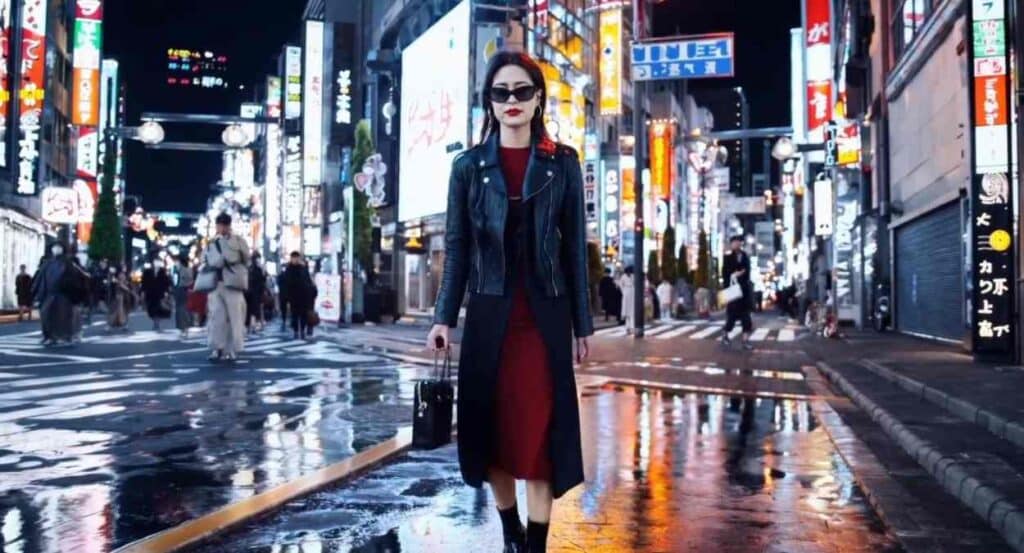
OpenAI’s Responsible Approach
Measured Rollout and Red Teaming
Recognizing the potential risks associated with Sora, OpenAI has taken a measured approach to its rollout. The company has chosen not to release the technology to the public at this stage, as it continues to work on understanding the system’s potential vulnerabilities and identifying ways in which it could be misused or exploited. Instead, OpenAI is sharing Sora with a select group of academics and researchers who will engage in “red teaming” – a process that involves actively seeking out and identifying potential weaknesses and risks associated with the technology.
“The intention here is to give a preview of what is on the horizon so that people can see the capabilities of this technology – and we can get feedback,” explained Tim Brooks, one of the researchers behind Sora, in an interview.
Watermarking and Copyright Concerns
While OpenAI is taking steps to identify AI-generated videos by tagging them with watermarks, the company acknowledges that these watermarks can be removed, making it difficult to distinguish genuine videos from those generated by AI. Furthermore, the issue of copyright infringement remains a concern, as OpenAI has faced multiple lawsuits in the past for using copyrighted material to train its AI systems. Notably, The New York Times sued OpenAI and its partner, Microsoft, in December 2023, claiming copyright infringement of news content related to AI systems.
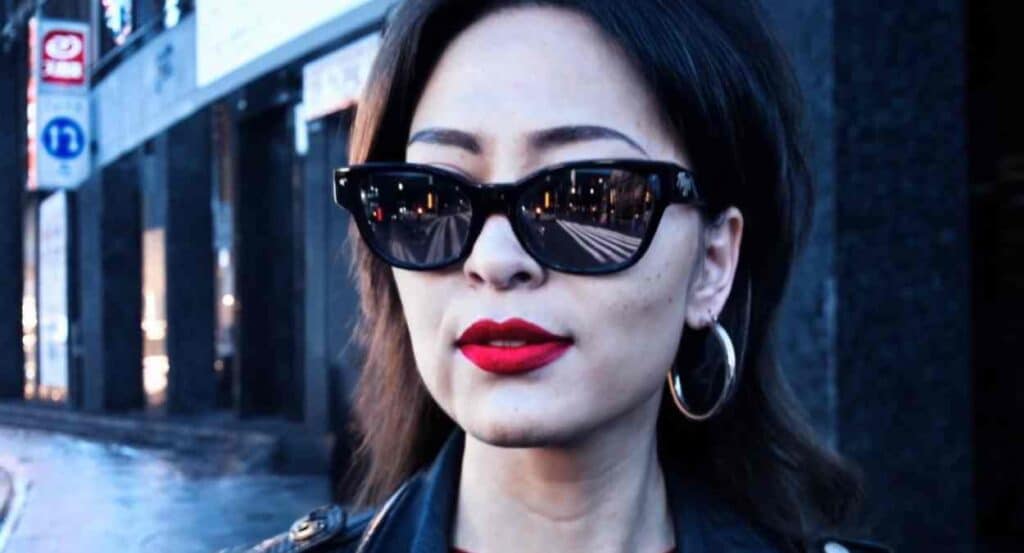
The Science Behind Sora
Sora is an example of generative AI, a technology that learns by analyzing vast amounts of digital data, in this case, videos and captions describing their content. While OpenAI has not disclosed the specifics of the data used to train Sora, citing competitive reasons, the company has stated that the training data included both publicly available videos and videos licensed from copyright holders.
Impact on Digital Artists and the Job Market
The rapid advancements in AI-generated media, including still images and videos, have raised concerns among digital artists about the potential impact on their livelihoods. As AI systems like DALL-E, Midjourney, and now Sora continue to produce increasingly realistic and indistinguishable content, it has become more challenging for digital artists to secure work.
“We all laughed in 2022 when Midjourney first came out and said, ‘Oh, that’s cute,'” said Reid Southen, a movie concept artist in Michigan. “Now people are losing their jobs to Midjourney.”
As AI systems become more sophisticated and accessible, there is a growing concern that digital artists and other creative professionals may find their jobs being replaced by AI-generated content, potentially leading to significant disruptions in the job market.
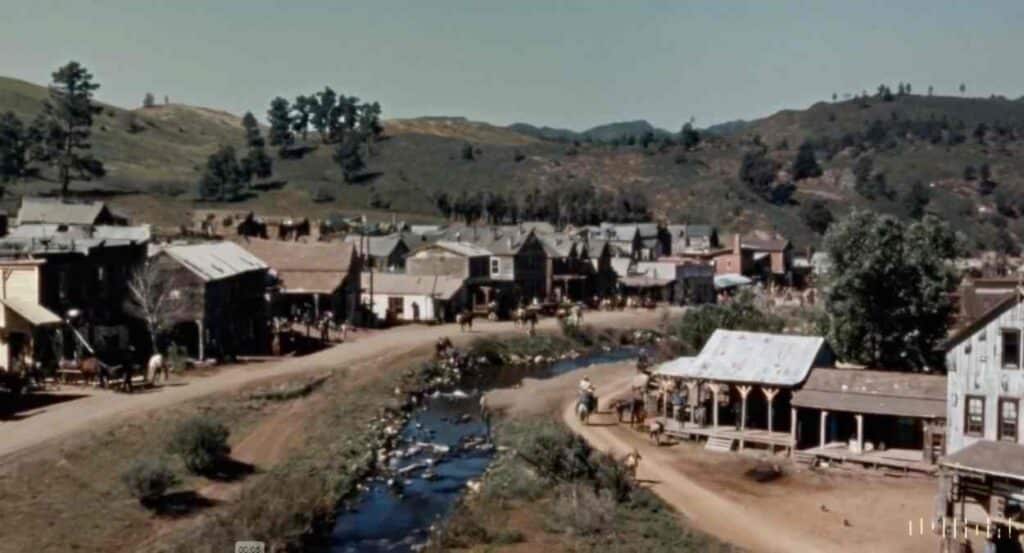
Frequently Asked Questions(FAQs)
1. What is Sora, and how is it different from previous AI-generated video technology?
Sora is a new AI system developed by OpenAI that can instantly generate highly realistic and detailed videos with just a few lines of text input. Unlike previous AI-generated video technology, which produced blurry and distorted videos, Sora’s output is comparable to the quality of Hollywood movies.
2. What are some examples of the videos generated by Sora?
Sora has demonstrated the ability to generate videos of woolly mammoths trotting through a snowy meadow, a monster gazing at a melting candle, and a Tokyo street scene that appears to have been shot by a camera swooping across the city.
3. What is the potential impact of Sora on the movie and video production industry?
Sora’s ability to generate high-quality videos instantly could significantly speed up the work of seasoned moviemakers and potentially replace less experienced digital artists entirely.
4. What are the concerns surrounding the misuse of Sora?
There are concerns that Sora’s technology could be misused to generate disinformation, making it even harder to distinguish fact from fiction on the internet, potentially influencing the outcome of closely contested elections.
5. How is OpenAI addressing the potential dangers of Sora?
OpenAI is currently not releasing Sora to the public and is instead sharing the technology with a small group of academics and researchers who will “red team” the system, actively looking for ways it could be misused or exploited. This approach allows OpenAI to better understand the system’s risks and vulnerabilities before a wider public release.
6. What are the issues surrounding watermarking and copyright with Sora?
While OpenAI is tagging AI-generated videos with watermarks to identify them, the company acknowledges that these watermarks can be removed, making it difficult to distinguish genuine videos from AI-generated ones. Additionally, OpenAI has been sued multiple times in the past for using copyrighted material to train its AI systems, raising concerns about the data used to train Sora.
7. How does Sora work, and what kind of data is it trained on?
Sora is an example of generative AI, which learns by analyzing digital data. In Sora’s case, it analyzes videos and captions describing those videos. OpenAI has not disclosed the specifics of the data used to train Sora, citing competitive reasons, but has stated that the training data included both publicly available videos and videos licensed from copyright holders.
Conclusion
OpenAI’s unveiling of Sora marks a significant milestone in the development of AI-generated video technology. The ability to create stunning, realistic videos in a matter of minutes by simply inputting text prompts is a testament to the rapid advancements in this field.
While the potential applications of this technology are vast, ranging from speeding up movie production to revolutionizing content creation, there are also valid concerns about its potential misuse and the spread of disinformation.
OpenAI’s cautious approach to the rollout of Sora, involving a limited release and active red teaming, is commendable and demonstrates a commitment to responsible innovation. However, the company must continue to address issues related to watermarking, copyright infringement, and the impact on digital artists and the job market.
As Sora and similar technologies continue to evolve, it will be crucial for researchers, developers, and policymakers to work together to mitigate the risks while harnessing the potential benefits of this groundbreaking technology.
Also Read:
PM Vishwakarma Yojana: Comprehensive Guide on Registration, Training, Loans & Benefits- 2024
Is Crypto a Bubble or a Game-Changer? Decoding Its Underlying Value After RBI Warning
Supreme Court Strikes Down Electoral Bonds Scheme in Landmark Verdict Months Ahead of 2024 Elections
India Issues “Update Now” Warning for Millions of Google Chromebook Users In 2024
The Future of Paytm: What Next After RBI Restrictions in 2024 ?

